 As we enter a new year, 2019 is a lot like those that came before. A new year seems to offer a chance for us to start fresh, clean the slate as it were, and also provide us an opportunity to realize a goal we had set for ourselves at some point in time. A goal that we hadn’t been able to reach before because of things that get in the way, like life. If you’ve ever wanted to learn to play an instrument, and this still exists as a dream, then now is the perfect time to make that dream a reality. So, how can 2019 be different than those that came before?
As we enter a new year, 2019 is a lot like those that came before. A new year seems to offer a chance for us to start fresh, clean the slate as it were, and also provide us an opportunity to realize a goal we had set for ourselves at some point in time. A goal that we hadn’t been able to reach before because of things that get in the way, like life. If you’ve ever wanted to learn to play an instrument, and this still exists as a dream, then now is the perfect time to make that dream a reality. So, how can 2019 be different than those that came before?
This blog will look at some of the considerations in making this year different. I will discuss the psychology behind our approaches to learning and succeeding in a task like this. Then I will go through the important considerations you have from choice of instrument, method of instruction, importance of scheduling and practice, to making sure you remember why you wanted to do this in the first place. So strap in and let’s make this happen, and then music can be the important language that more of us can use to communicate with each other.
The Psychology of Learning an Instrument
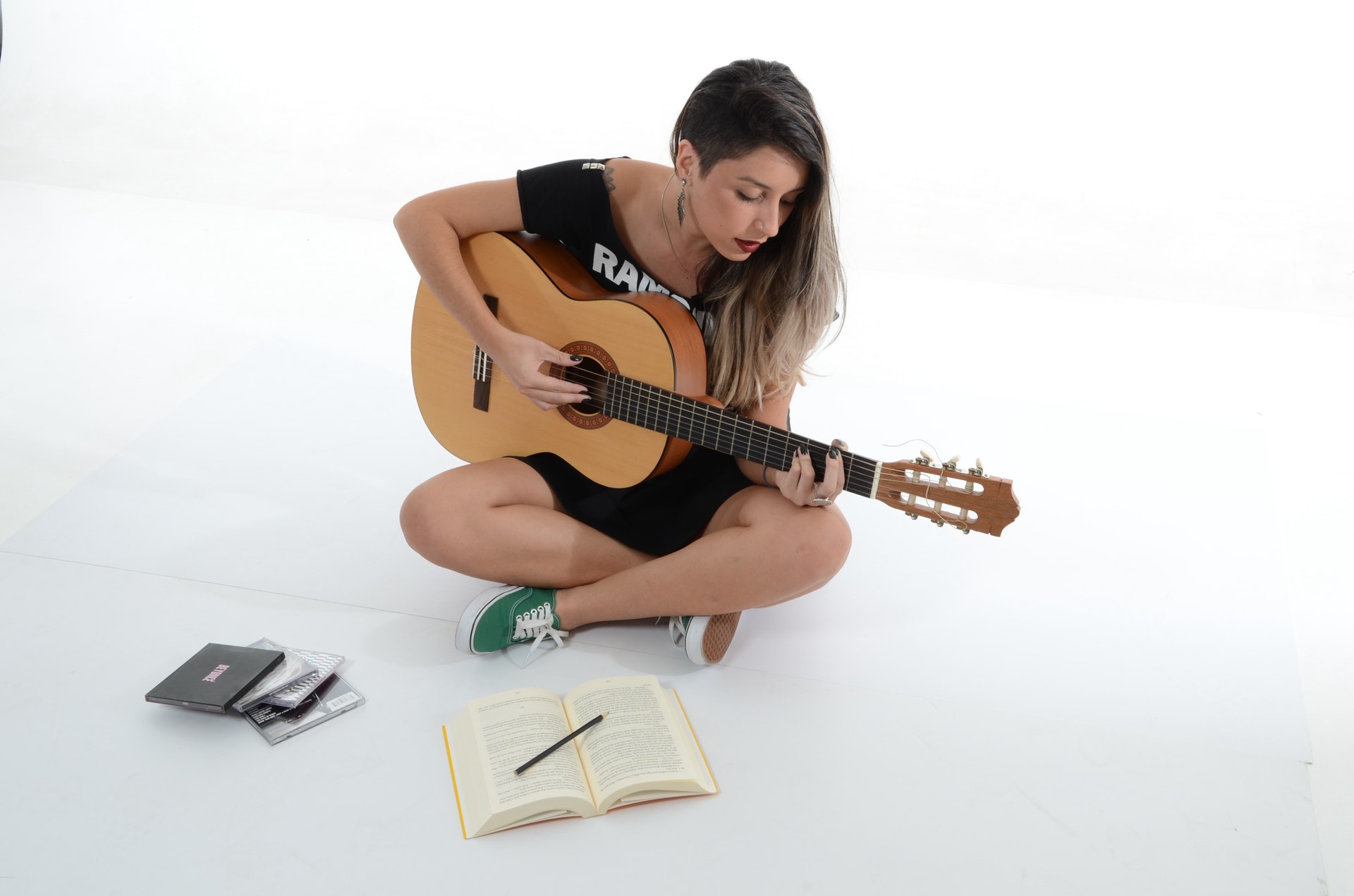 Most important, in my mind at east, is to NOT approach this as a “New Year’s Resolution”. While January 2019 (or whenever you happen to be reading this) is the perfect time to start this amazing journey, if you’ve been wanting this for a while, then you are simply following up on a desire rather than resolving to do something. Recent psychological research shows that 80% of News Year’s Resolutions have failed by February. This rate of failure makes it seem like a foregone conclusion before you’ve even started, so don’t approach your exciting trip to musical expression this way or it will likely become a self-fulfilling prophecy.
Most important, in my mind at east, is to NOT approach this as a “New Year’s Resolution”. While January 2019 (or whenever you happen to be reading this) is the perfect time to start this amazing journey, if you’ve been wanting this for a while, then you are simply following up on a desire rather than resolving to do something. Recent psychological research shows that 80% of News Year’s Resolutions have failed by February. This rate of failure makes it seem like a foregone conclusion before you’ve even started, so don’t approach your exciting trip to musical expression this way or it will likely become a self-fulfilling prophecy.
The other important factors that can help make this endeavour successful include clarity, beginning, patience, and motivation. Clarity simply means that you need to be as clear as possible with yourself about what your goals and expectations are. A strong focus and understanding of exactly what you are doing makes it more reasonable to reach those goals. For many of us, the most difficult part of almost anything we undertake is something that seems as easy and straightforward as simply getting started.
 I speak for myself here, but others will relate I’m sure, when I acknowledge that starting is often the most difficult part of any task. It can be a strong psychological barrier that includes anxiety or fear of failure and is often enough to make sure we never begin. Don’t let it win. Whether it’s picking up the phone to ask about lessons, or picking up your violin to practice, take a deep breath and do it. As those of us in this predicament know, once you’ve started the task, it’s all good. It is that first step that is a struggle. Take that first step and remind yourself you really want this.
I speak for myself here, but others will relate I’m sure, when I acknowledge that starting is often the most difficult part of any task. It can be a strong psychological barrier that includes anxiety or fear of failure and is often enough to make sure we never begin. Don’t let it win. Whether it’s picking up the phone to ask about lessons, or picking up your violin to practice, take a deep breath and do it. As those of us in this predicament know, once you’ve started the task, it’s all good. It is that first step that is a struggle. Take that first step and remind yourself you really want this.
So now you’ve started, and let me say, “good for you!”. Now, have patience. Learning a new instrument is hard and takes a lot of time and a lot of patience. Granted, some can pick it up faster than others, but NEVER compare yourself to someone else. I don’t care if your friend picked up a guitar and played House of the Rising Sun 3 days later. You are you, not them, and you will learn at a different pace. So be patient and practice. And be patient while you practice, because the more you do something, the better you get at it. The best musicians in the world are that because they practice more than anybody else, and they practice well, and that means with patience. So with your head in the right place, let’s move on!
Picking an Instrument
 It would be presumptuous of me to assume everyone has a dream instrument they want to play, as not everyone necessarily will. Perhaps it is simply the idea of being able to play an instrument, “any” instrument, that is the appeal driving you. If this is the case, check out this blog that I wrote for parents thinking about starting their children on the musical journey, as the general rules can apply for anyone.
It would be presumptuous of me to assume everyone has a dream instrument they want to play, as not everyone necessarily will. Perhaps it is simply the idea of being able to play an instrument, “any” instrument, that is the appeal driving you. If this is the case, check out this blog that I wrote for parents thinking about starting their children on the musical journey, as the general rules can apply for anyone.
The one thing I can’t stress enough, whether deciding to learn yourself, or to start your child on the path is to choose the instrument that fills you with desire. The more you want to do something, the more likely you are to actually do it. If you’ve always wanted to play the violin, don’t settle on a guitar. If you’ve always wanted to play drums but think that because you live in an apartment you can’t, think again because electronic drums will let you bash away all of life’s problems without creating new problems with neighbours or family. It’s your dream so don’t settle.
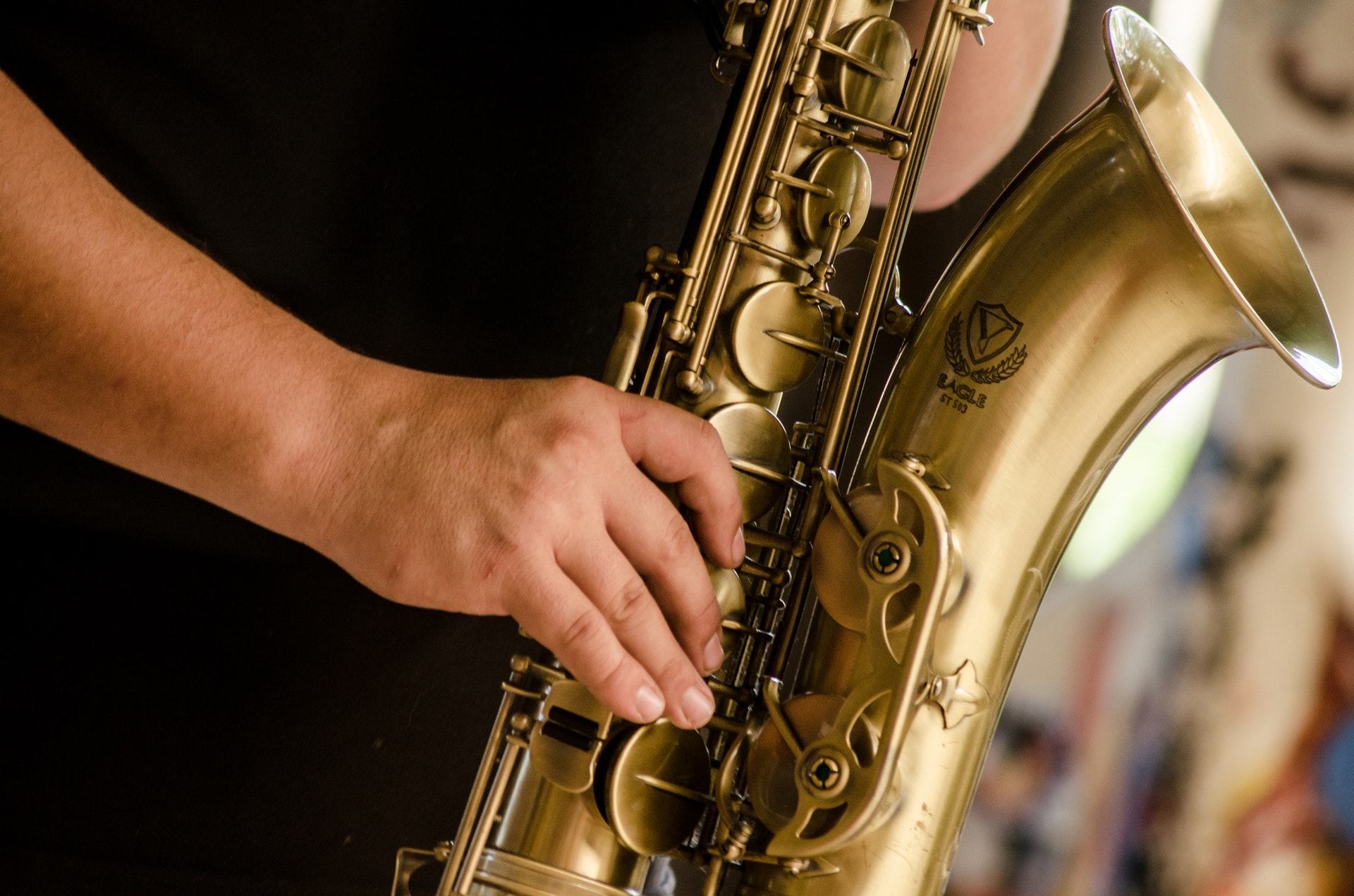 Whether you’re thinking about playing the saxophone or piano, here are some Best Buy Instrument Buying Guides to help you better understand the different families of instruments and what you can expect.
Whether you’re thinking about playing the saxophone or piano, here are some Best Buy Instrument Buying Guides to help you better understand the different families of instruments and what you can expect.
Buying Guides
Brass Instruments Buying Guide
Drums and Percussion Buying Guide
Stringed Instruments Buying Guide
Instruction
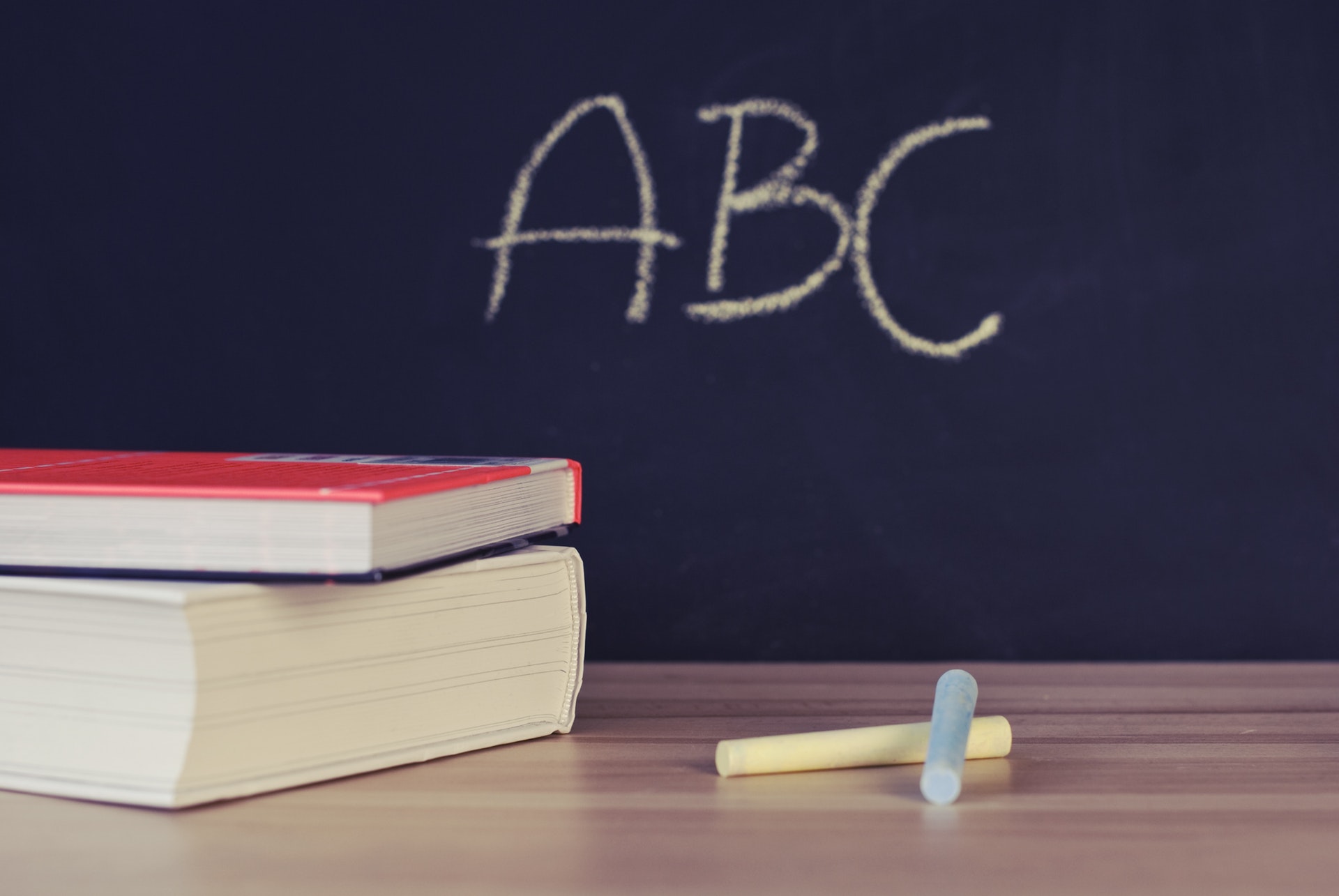 You’ve decided on the instrument and are ready to get playing. If you have no training or history with music, then nothing is more frustrating than getting home with a new instrument, picking it up, and trying to play it. With many, you can’t even produce identifiable sounds (saxophones, I’m looking your way). To remedy this you need lessons, and in this tech savvy society we live in, there are a few options I can go through with you. There is, of course, always a “(insert instrument here) For Dummies” printed book option as well, but you will likely want something more formal, at least to start.
You’ve decided on the instrument and are ready to get playing. If you have no training or history with music, then nothing is more frustrating than getting home with a new instrument, picking it up, and trying to play it. With many, you can’t even produce identifiable sounds (saxophones, I’m looking your way). To remedy this you need lessons, and in this tech savvy society we live in, there are a few options I can go through with you. There is, of course, always a “(insert instrument here) For Dummies” printed book option as well, but you will likely want something more formal, at least to start.
In-person
 There is, of course, the traditional method of instruction, which involves you face-to-face with your instructor. This can occur at your instructor’s home or business, a neutral location like a music academy or cultural centre, or in your home. Lessons in your home may be the most comfortable for you, but will also likely be the costliest, so take that into consideration. You can look in the Yellow Pages (and I just dated myself), on Craigslist, or simply do a Google search to find a qualified teacher near you.
There is, of course, the traditional method of instruction, which involves you face-to-face with your instructor. This can occur at your instructor’s home or business, a neutral location like a music academy or cultural centre, or in your home. Lessons in your home may be the most comfortable for you, but will also likely be the costliest, so take that into consideration. You can look in the Yellow Pages (and I just dated myself), on Craigslist, or simply do a Google search to find a qualified teacher near you.
I firmly believe that in-person lessons are the best way to learn. You can get instant feedback, ask questions, interact in real-time, and will be held accountable for your practising, or lack thereof. Remember that you are paying for the lessons, so if there is something you don’t like about the process, let your instructor or music school know. You can always try another instructor.
Online
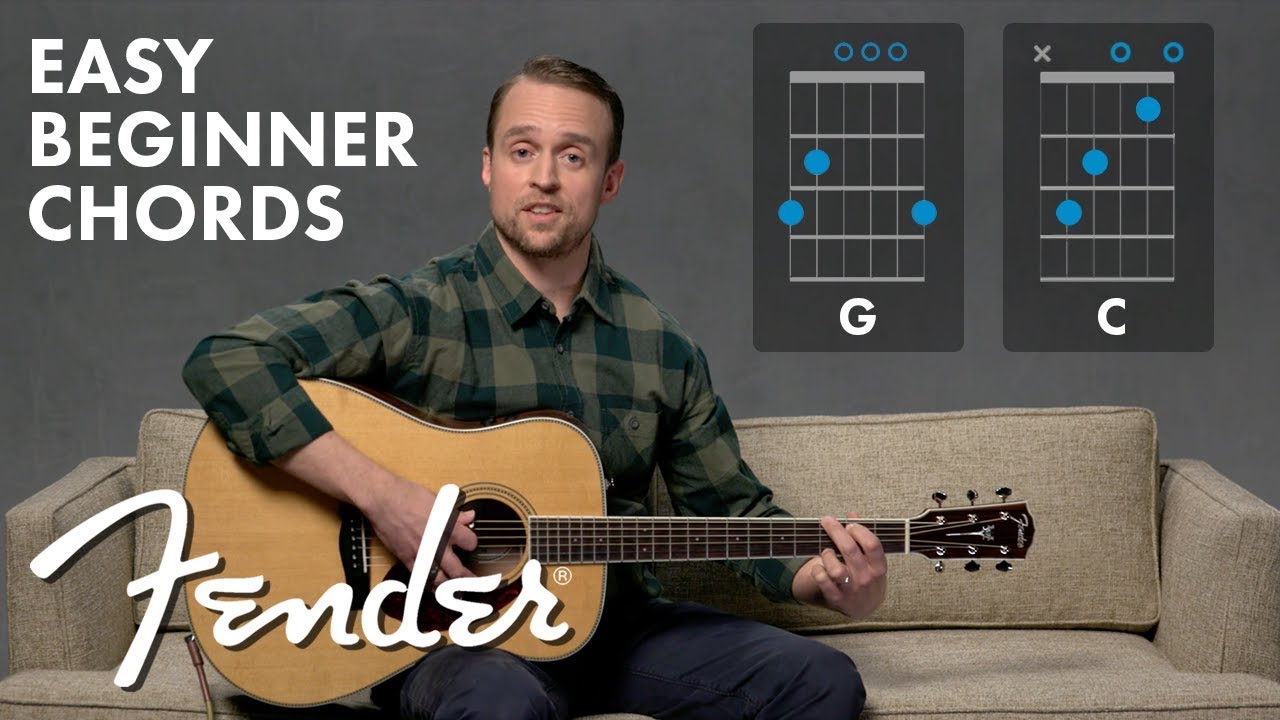 There are plenty of places on the World Wide Web to get lessons on almost any instrument. YouTube can be a good place to start. You will find some free lessons (or excerpts) that direct you to a paid site if you want more depth, detail, and interaction. You will also find some straight up free lessons, and, clearly, some will be better than others. With no one to hold you accountable, I’ve always found it takes a really dedicated and driven person to thrive in this environment, as you have to be completely self-directed.
There are plenty of places on the World Wide Web to get lessons on almost any instrument. YouTube can be a good place to start. You will find some free lessons (or excerpts) that direct you to a paid site if you want more depth, detail, and interaction. You will also find some straight up free lessons, and, clearly, some will be better than others. With no one to hold you accountable, I’ve always found it takes a really dedicated and driven person to thrive in this environment, as you have to be completely self-directed.
Some instrument manufacturers have lessons you can access when you purchase some of their gear. I did a review for Best Buy of a Fender acoustic guitar a couple of years ago, and I believe the purchase of that included access to Fender’s online guitar lessons (branded as Fender Play). You can check and see if the instrument you are looking at purchasing includes any value-added features like that. There is a nominal fee if you simply want to participate in the online lessons and did not purchase their guitar.
Apps
 There are several apps available for phones, tablets, or home computers that provide virtual lessons as well. An example is Trala, an app to “learn and play violin” (available through the App Store) or Learn Violin, available through Google Play. There are plenty to choose from on multiple platforms, and they cover the cost gamut as well. Most will say “free with in app purchases,” which means that you can download the app shell or interface for no cost, but have to pay to populate it with actual lesson content. Or you may get portions of lessons and have to “unlock” the full lesson with a payment. This can still be significantly more cost effective than in-person lessons, however, if cost is a concern.
There are several apps available for phones, tablets, or home computers that provide virtual lessons as well. An example is Trala, an app to “learn and play violin” (available through the App Store) or Learn Violin, available through Google Play. There are plenty to choose from on multiple platforms, and they cover the cost gamut as well. Most will say “free with in app purchases,” which means that you can download the app shell or interface for no cost, but have to pay to populate it with actual lesson content. Or you may get portions of lessons and have to “unlock” the full lesson with a payment. This can still be significantly more cost effective than in-person lessons, however, if cost is a concern.
So, what does this all mean?
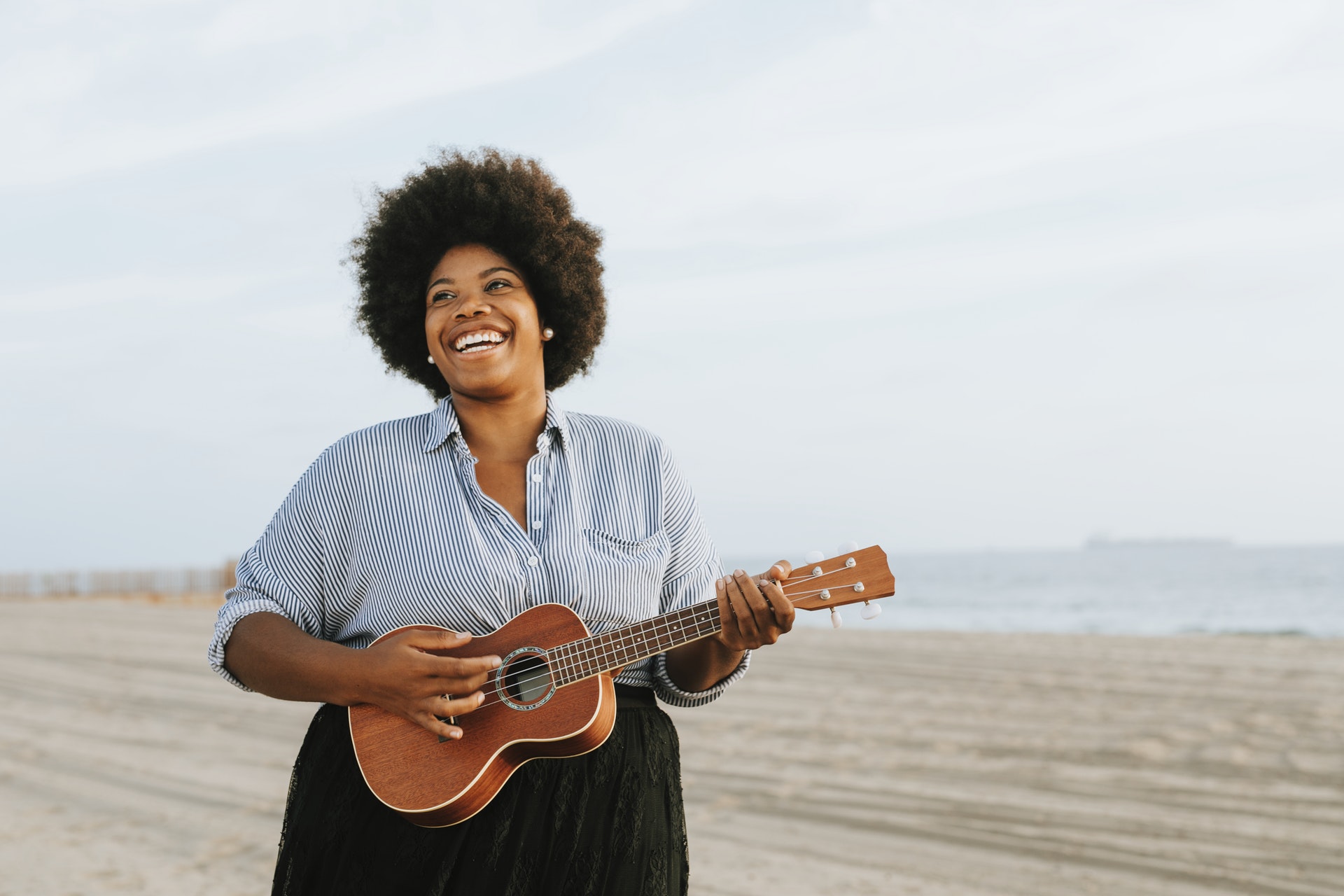 Bottom line, if you want to learn to play a new instrument in 2019, there is no reason not to go for it. You can purchase (or rent) very good beginner instruments (of course, since this blog is hosted by Best Buy, I will include a link here so you can see their great selection of instruments), whether you want to play guitar or oboe, that can be upgraded at a later time when your skills dictate. Technology has made your access to lessons incredibly convenient and cost effective, and, although I stand by the idea of taking lessons in person with an instructor as the preferred method, this isn’t always possible.
Bottom line, if you want to learn to play a new instrument in 2019, there is no reason not to go for it. You can purchase (or rent) very good beginner instruments (of course, since this blog is hosted by Best Buy, I will include a link here so you can see their great selection of instruments), whether you want to play guitar or oboe, that can be upgraded at a later time when your skills dictate. Technology has made your access to lessons incredibly convenient and cost effective, and, although I stand by the idea of taking lessons in person with an instructor as the preferred method, this isn’t always possible.
I would suggest that there are two final things to remember on your trip to musical literacy. The first is to practice, practice, and practice. It is also crucial to have a set practice schedule, and for it to be realistic. You can practice more than this, but you have to practice at least on the schedule you set. This will help you move along with noticeable improvements and keep you engaged. The second, and arguably the most important, is to have fun. After all, the last thing you’d want to do is to invest your time and money into a project that you don’t really enjoy. As such, if you approach this with excitement, wonder, and a sense of fun, then what could possibly go wrong. All the best on your journey!



